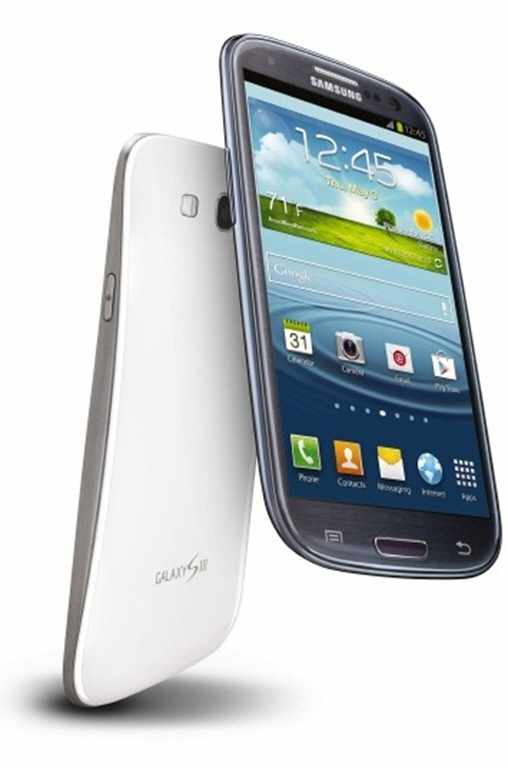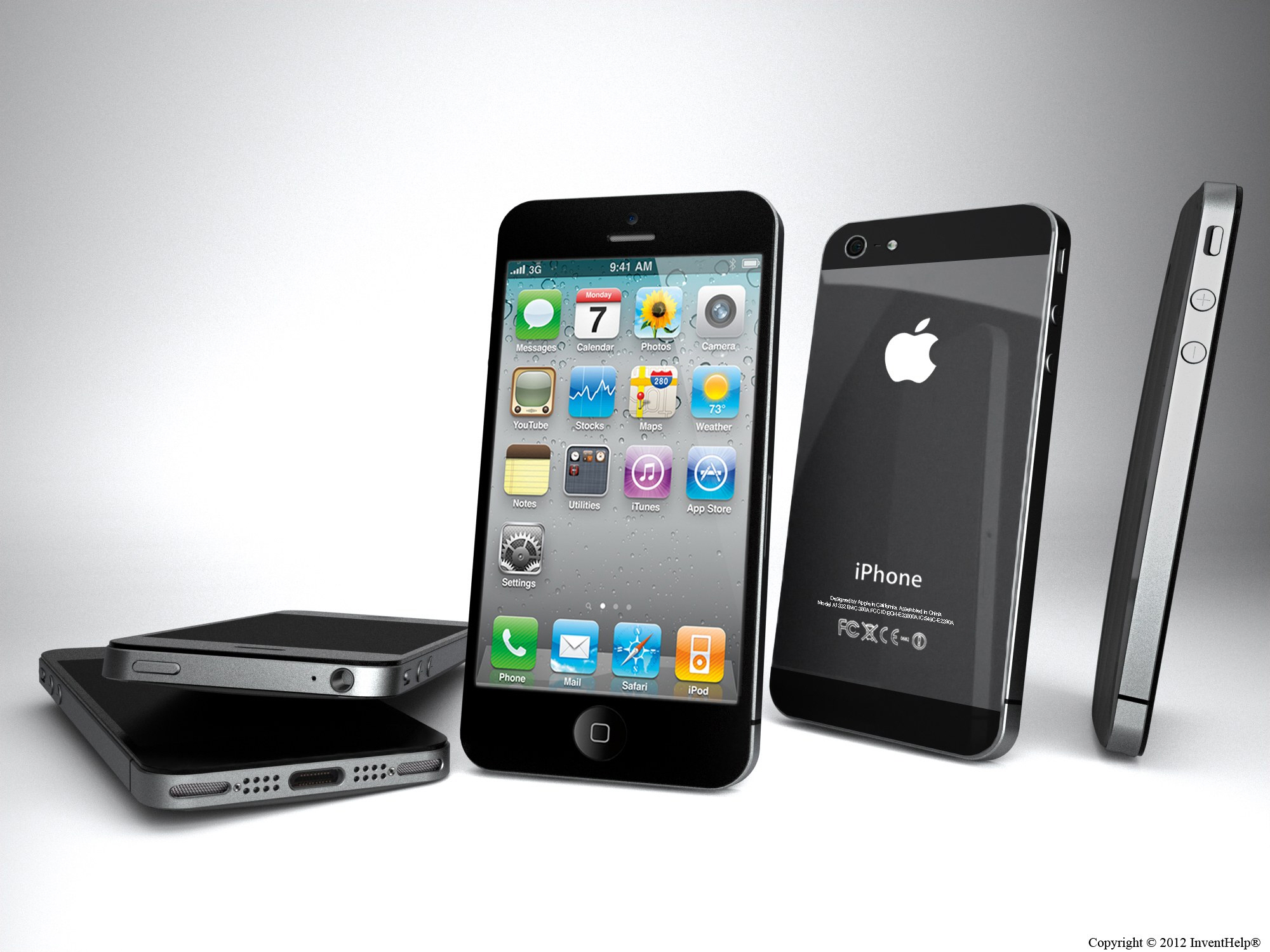Back in April 2012, in what we might refer to as another mobile lifetime, we pieced together some thoughts on the subject of mobile devices with physical keyboards. In that article, we analyzed the results of some hands-on reviews we had conducted of devices such as Samsung's Stratosphere, RIM's Torch and Motorola's DROID 4 – specifically in comparison to the iPhone 4S.
Our conclusion was absolute and unequivocal – the mobile device keyboard was rapidly becoming an ancient artifact – that it was in fact already dead and no longer necessary. We haven't changed our opinion, and for the most part we believe the rest of the world concurs.
Of late, we've been pondering the nest issues of consequence – of mobile device screen size and overall thinness (or lack of thinness). We've been doing so both within the context of Samsung's ever increasing emphasis on larger screen sizes for its phones (well, we can also include such anomalies as the HTC Vue) – and within the context of Samsung's seemingly magical ability to continue to reduce thickness, which Samsung pulls off in two ways: through actual decrease in thickness, and through clever design illusion.
Testing the Samsung Galaxy S III
The Galaxy S III is case in point. Not only has Samsung managed to reduce its actual physical thickness, but if one takes a very close look at the device from its side, one sees a very subtle curve that tapers significantly at both the top and bottom of the phone.
Visually, this delivers a very strong and effective sense of added thinness that doesn't actually exist.

In addition to decreasing thickness Samsung has also delivered a substantially sized screen on the Galaxy S III, and the company has delivered an even greater screen size to the newly announced Galaxy Note II. The screen size is the Galaxy S III's most prominent feature, and for the most part appears to be the key differentiator for most consumers who end up purchasing it. We've had a review sample (it is an actual shipping version) of the Galaxy S III in hand since June, and we've put it through its paces, which included forcing ourselves to spend an entire week with it at the expense of leaving our trusted iPhone 4S behind for that week.
We are waiting to see a survey (ChangeWave, pay attention; this one is right up your alley) that asks how much Galaxy S III buyers are still enamored with that oversized screen. We have our doubts that we'd see 100 percent satisfaction. In the meantime, if you are a Galaxy S III owner, please do let us know!
As for ourselves, well, we aren't happy campers. The phone is simply too large to be comfortable in any pocket of our choosing, and we don't find it particularly advantageous in terms of the extra screen size either when viewing Web pages, reading e-mail (or books, articles, etc.), composing a myriad of types of content, or otherwise using Android apps – whether for business, games or the consumer. We have yet to meet an Android app that wasn't always bettered by an iOS app.
The larger overall screen, coupled with the attendant larger overall size of the device needed to accommodate that screen, doesn't work for us. Now, we will note that we are all of 5'7" tall, and that may be a factor in terms of physical device size, but it doesn't affect the overall efficacy of screen size for us.
Give me back my iPhone 4S!
Given the above, we were inevitably much relieved to return to full-time and exclusive use of our iPhone 4S. We will note here that we are design purists; we absolutely hate the idea of putting a case around the iPhone and it ruins the design effort for us and destroys the iPhone 4S's aesthetic appeal. So we carry our iPhone around in its most pure and simplest form. Cases also ruin the iPhone's own inherent thinness.
Yes, we've dropped the iPhone a few times. It always survives unscathed. And we even managed to have it fly out of a shirt pocket during a high speed ride at Universal World in Florida (ironically during BlackBerry World 2012), where it became lost somewhere along the ride's track.
At that point we'd almost given up on its survival, but following an entire evening and night of intense withdrawal symptoms and literal anguish (more to do with mobile devices and our reliance on them than in it being an iPhone we lost) the next day we recovered it - without a scratch and fully functioning. The relief was immense. In returning to our iPhone following our week with the Galaxy S III our relief was not quite as immense, but was ever the less significant and palpable.
Why? For one thing, the iPhone has an amazingly solid feel to it - its buttons click with authority and strength, whereas the Galaxy has loose buttons that suffer from wayward touches - it feels flimsy and mass produced, whereas the iPhone has that high end sports car feel to it. Next, the iPhone retina quality screen is simply superior - period. I'll take my 3.5 inch iPhone 4S screen over Samsung's super AMOLED screen every time. It is subtle, but the difference is there. And the overall interface is just too damned elegant - Android simply cannot match it, no matter what the device vendors to do in attempting to make their devices come close to the Apple experience.
OK, so we are unabashed iPhone 4S lovers. Is there anything Apple can do to make us even happier?
Our Next Generation iPhone Wish List
Thin is in. We do want our next iPhone to be thinner than the 4S. All indications are that this will be the case. Apple will likely deliver a new phone that has its glass screen running flush with the body. And it is likely that the back of the device will lose its current glass and go back to metal - which will not only result in shedding a bit of weight that will be noticeable, but that will also result in flush mounting the back - the result will be an iPhone that will likely be thinner by some tiny amount.
We are taking into consideration here that an improved camera, new processor, more memory, LTE support and a possible NFC chip may keep the iPhone from being significantly thinner. But we anticipate it will be somewhat thinner than the 4S.
Larger screens are a good thing - within reason.
Yes, in fact we do want a larger screen, and we are absolutely sure that if Apple moves to a four-inch screen that still fits within the framework of the current iPhone's overall dimensions we will be thrilled. As we noted earlier, we do not want a larger overall phone. For us, the 4S is the perfect overall size and if Apple can deliver a larger screen and thinner overall profile while maintaining its overall width and height – that is, if the new iPhone looks like the image below suggests – we'll be the first in line to make the buy.

We already know what is coming in iOS 6 – nothing earthshaking (though we don't really know if Apple will pull something of suitable magical quality out of Tim Cook's pocket), but everything moves to an ever more elegant synthesis of UI and features.
Those who think the world must have an absolutely new design of some sort are barking up the wrong tree.
It’s largely about elegance and simplicity. That’s what the iPhone 4S delivered, and that’s exactly what we want the new iPhone to deliver.
We'll close by strongly suggesting that no matter our love for the iPhone and what we hope will be its next version, even Apple will need to dig deep into its innovation funnel for the next round. It isn't worth speculating at this point, but we'll start doing so once the new iPhone hits and we have it in hand.
Want to learn more about today’s powerful mobile ecosystem? Don't miss the Mobility Tech Conference & Expo, collocated with ITEXPO West 2012 taking place Oct. 2-5 2012, in Austin, TX. Stay in touch with everything happening at Mobility Tech Conference & Expo. Follow us on Twitter.
Tony Rizzo has spent over 25 years in high tech publishing and joins MobilityTechzone after a stint as Editor in Chief of Mobile Enterprise Magazine, which followed a two year stretch on the mobile vendor side of the world. Tony also spent five years as the Director of Mobile Research for 451 Research. Before his jump into mobility Tony spent a year as a publishing consultant for CMP Media, and served as the Editor in Chief of Internet World, NetGuide and Network Computing. He was the founding Technical Editor of Microsoft Systems Journal.Edited by
Braden Becker  QUICK LINKS
QUICK LINKS